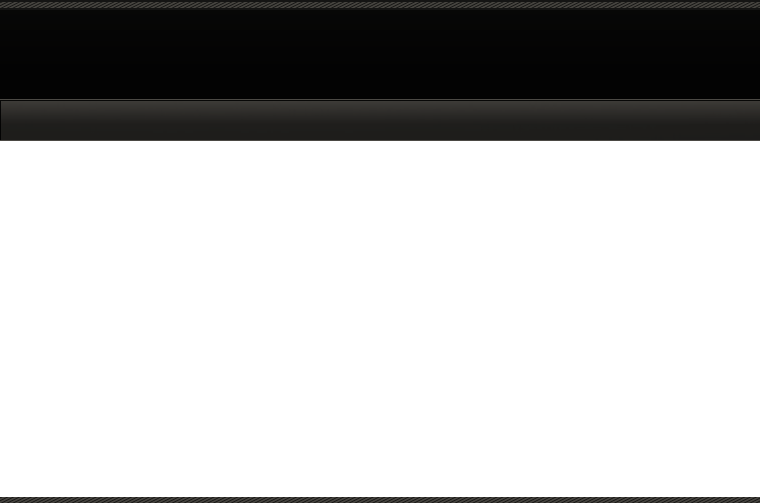







Teaching the Turnaround
Western Horseman July 2010
To train a 180-degree rollback, focus on the horse’s
first step.
Picture a reining horse stopping and rolling back in his pattern, the moves a cutter makes in front of a cow, the turn down the fence executed by a reined cow horse. All three maneuvers involve a stop and 180-degree turn. At the competitive level, a horse might make these turns a little differently from one discipline to another, but the basics are the same. And with a good foundation, a horse can go from one event to another without any drastic alteration of its turning style. For example, reined cow horse futurities include all three events—cutting, reining and fence work—and competitors don’t train their horses to turn around three different ways. Here, I’ll show you a basic drill for your horse to start his rollback. But first, know that every training program has its rules, and there are occasional exceptions. I have one rule, however, that has no exception: a horse is never allowed to lean or move into pressure. Allowing this teaches him that he can get away with being heavy or dull. The more a horse leans on the bit, the harder you have to pull and the harder it becomes to set him up properly to perform drills and exercises. If you start to have problems, stop working on the rollbacks and work on what’s keeping your horse from turning. Usually your horse is not responding correctly to a cue you give him. For example, if you want him to back three steps and make a half turn, but he’s heavy in your hands or drags his feet while backing, then don’t continue the drill until he is backing easily and softly. Read more......

About Mike Kevil
“I’ve learned something from every person and every horse I’ve ever met, and in every place I’ve traveled.” That single statement quite nicely sums up the way Mike Kevil thinks. Often referred to as the thinking person’s cowboy, Mike has made a remarkable career observing, identifying, reasoning things through, then teaching what he’s learned to both horses and their humans. Before the modern day term horse whisperer and the training practices that terminology denotes came into vogue, Mike was a master practitioner of this art. His style of patient, steady training, with an emphasis on understanding the horse, rather than forcing it to blindly yield, set him, not so long ago, in a class by himself. Today, in a world where more and more horse trainers and amateur enthusiasts are using methods similar to Mike’s, this horseman remains at the head of the class, beside the very best in his field. Read more......
5 Common Mistakes When Starting Colts
By Mike Kevil
When it comes to training horses, there is so much information available to us. Books, DVDs, the Internet, TV and clinics. With this much info around, horse training should be a breeze. However, the reality is, people make mistakes. The cool thing about a horse is they can be pretty forgiving. If you just stop doing the wrong things and start doing the right things, horses will make the positive change that you want. I talk to a lot of people who run into problems when starting their own colts. Here are five of the most common problems I hear about.












